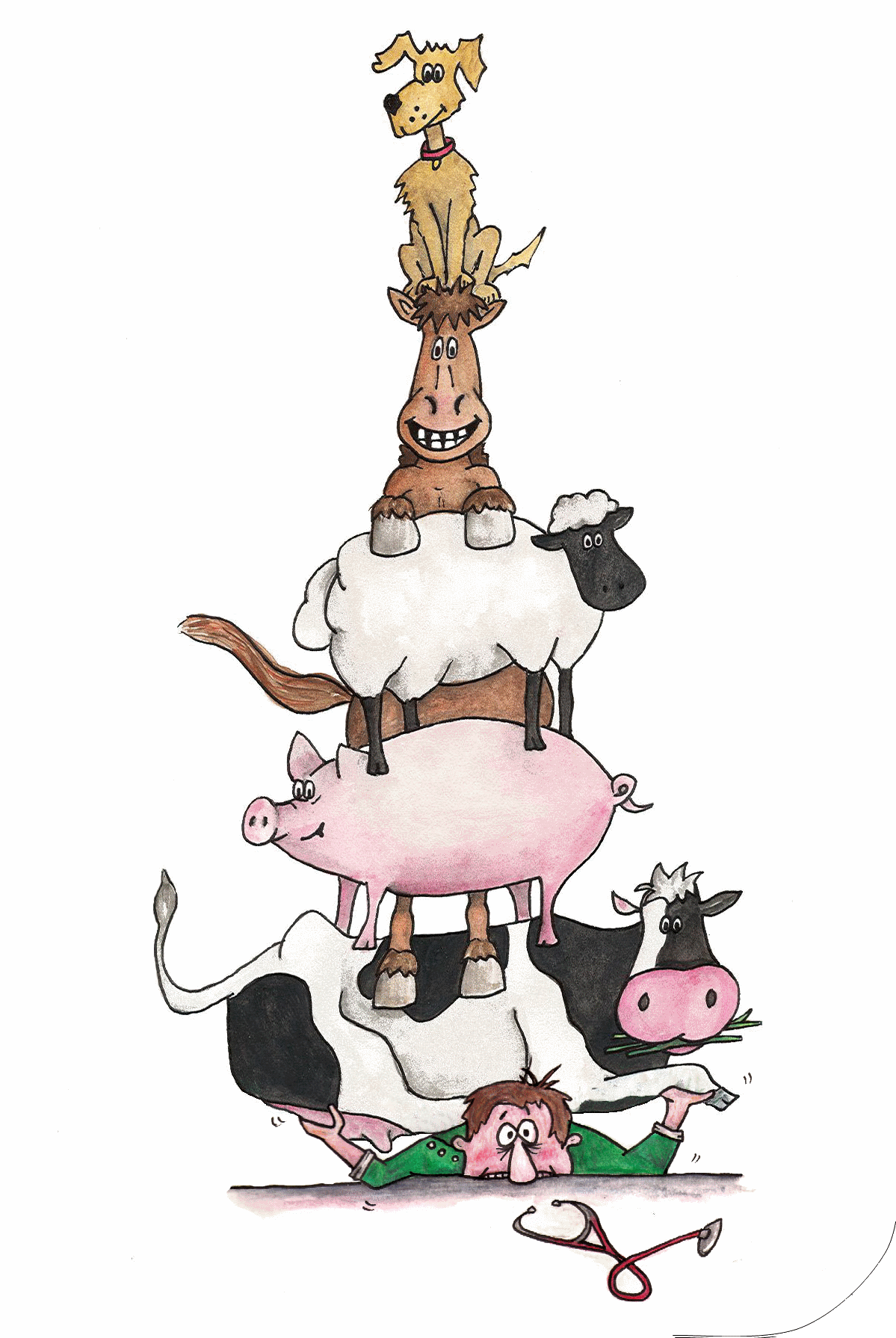Ayrshire vet removed from Register of Veterinary Surgeons for clinical and communication failings
The Disciplinary Committee of the Royal College of Veterinary Surgeons has directed the Registrar to remove an Ayrshire-based veterinary surgeon after it found the allegations of a number of charges in relation to his euthanasia of a dog proven.
The Committee decided to direct John Hendrie Smith be removed from the Register at the conclusion of the hearing on Friday 26 October 2018. In total Mr Hendrie Smith had faced eight charges against him, all of which related to him undertaking the euthanasia of a German Shepherd named Bouncer during a home visit in January 2017.
The charges alleged that when John Hendrie Smith undertook the euthanasia of Bouncer he had:
1. failed to ensure he was sufficiently prepared for the euthanasia in that he failed to attend the visit with a muzzle and failed to attend with any sedative and the means of administering sedative;
2. failed to delay the euthanasia until he was in possession of the above items;
3. undertook the euthanasia by means of an injection without first sedating Bouncer;
4. failed to provide Bouncer’s owner with an adequate explanation of the procedure. including;
a) failing to explain that the procedure involved an attempt at injection directly into the heart;
b) failing to explain that an injection into the heart without sedation is (except in extreme circumstances) not an accepted means of euthanasia;
c) wrongly stated that Bouncer would not feel the injection;
d) failed to provide an explanation of the risks;
e) failed to explain the risks and signs of narcotic excitement;
f) failed to explain the risks of injection into the heart without sedation;
5. failed to obtain Bouncer’s owner’s informed consent for the procedure;
6. failed to make any clinical records in respect of the procedure;
7. provided inadequate veterinary care to Bouncer and caused him unnecessary suffering; and
8. failed to communicate with Bouncer’s owner.
Having considered evidence about the case from Bouncer’s owner, his owner’s former partner, two expert witnesses and Mr Hendrie Smith, the Committee found all of the charges against Mr Hendrie Smith proven, with the exception of charge 4(e) on the grounds that there was insufficient evidence against him on this particular charge.
Having considered the evidence and submissions, the Committee concluded that in relation to each of the charges found proven, Mr Hendrie Smith’s conduct had fallen far below that which was to be expected from a veterinary surgeon and was therefore serious professional misconduct.
In explaining its decision to direct his removal from the Register of Veterinary Surgeons, the Committee noted Mr Hendrie Smith’s lack of insight into his behaviour, which included denying that he was at fault, challenging several of the Committee’s findings and disputing that an intracardiac injection into the heart of a dog without administering sedation or anaesthesia was wholly unacceptable, despite expert opinion to the contrary.
Chitra Karve, chairing the Committee, said: “The respondent admitted that he was not really a small animal vet, and had not been dealing regularly with small animals for a significant period of time. His specialisation in recent years was with large farm animals. The Committee considered that the respondent had, and still has, no concept of the difficulties now recognised as inherent in the procedure he performed, or the risks of pain and suffering it posed to the animal.”
She added: “The Committee has found that the respondent’s conduct in attempting an intracardiac injection without prior sedation or anaesthesia caused appalling pain and suffering to Bouncer, as evidenced by his screaming, and was wholly unnecessary. The respondent accepted that he had a sedative in his car, but chose not to postpone attempted euthanasia so that he could sedate his patient first.
“The respondent explained that he had, in the past, euthanased over 200 dogs by intracardiac injection without sedation or anaesthesia. The Committee concludes that this was the respondent’s customary method of euthanasia, and he did not understand why it was wholly unacceptable for a reasonably competent veterinary surgeon to carry out euthanasia in this way. Given his lack of insight, the Committee considers that there is a risk that, if the respondent were to be asked to euthanase a dog in the future, he would be likely to use his customary method, and thereby cause injury and suffering to another animal.”
In determining the sanction the Committee decided that, because there had been a serious departure from the professional standards set out in the Code, serious harm was caused and there was a serious risk of harm to animals in the future, that removing Mr Hendrie Smith from the Register was the only means of protecting animals and the wider public interest.
Mr Hendrie Smith has 28 days from being informed of the Committee’s decision to make an appeal to the Privy Council.

Follow us:
Share this page:




